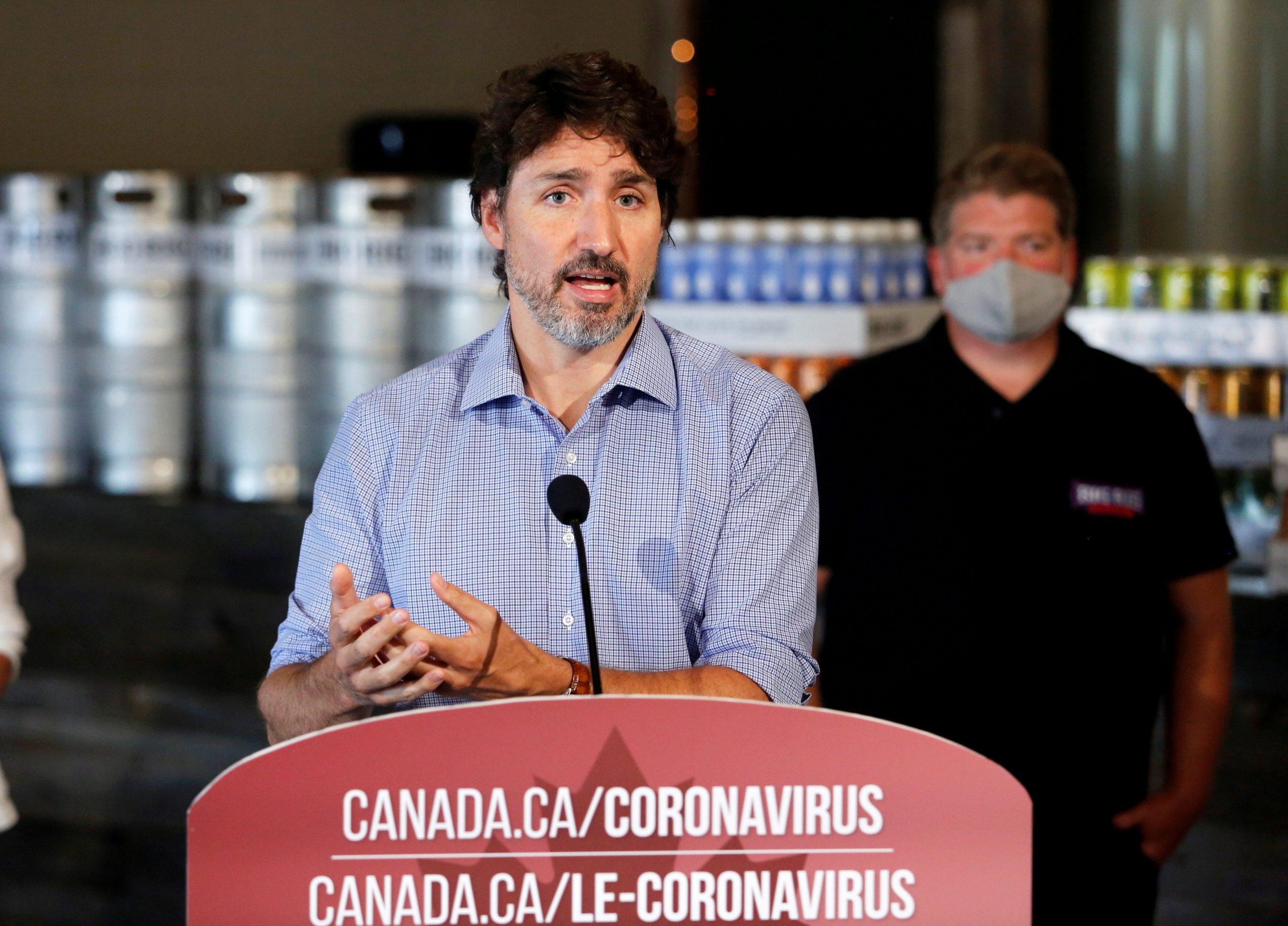
Reuters
- On Tuesday, British Columbia, Canada, and Minnesota recorded their highest number of daily COVID-19 infections since January.
- Highly infectious coronavirus variants are partly to blame.
- Younger people are getting infected more than other age groups in both regions.
- See more stories on Insider's business page.
Officials in Canada and Minnesota have warned of surging COVID-19 cases fueled by highly infectious coronavirus variants, with mostly younger people infected.
Minnesota recorded more than 2,600 new daily cases on Monday, according to the Minnesota Department of Health, its highest tally since January. Hospitalizations were up 37% from two weeks earlier, the New York Times reported.
British Columbia (BC), the province on the west coast of Canada that shares a 1,300-mile land border with the US, recorded more than 1,000 daily cases on Tuesday for the first time since January, Adrian Dix, BC minister of health, said on Twitter.
Michael T. Osterholm, the director of the Center for Infectious Disease Research and Policy at the University of Minnesota said Wednesday that "the variant is adding on to what would have been an increase in cases anyway, but it surely is adding on in a very powerful way," per the New York Times.
Read more: COVID-19 Vaccine Tracker: AstraZeneca's shot proves safe and effective, and is headed to the FDA
A coronavirus variant called B.1.1.7, first identified in the UK, is 30% to 50% more contagious, and partly to blame for the rise in Minnesotan cases. It's also the most common coronavirus variant in the US overall, with more than 16,000 cases reported.
B.1.1.7 is the most common variant in British Columbia (BC), accounting for more than 2,800 of more than 105,000 coronavirus infections.
But BC officials are most concerned by rising numbers of people infected with P.1, the variant first found in Brazil, which is about 50% more infectious and able to evade the immune response, meaning people can get re-infected. There are 877 cases of P.1 in BC currently.
"I believe that there's going to be kind of a race between [B.1.1.7] and P.1 over the next few weeks," Daniel Coombs, a mathematics professor with expertise in epidemic modeling at the University of British Columbia, told the Wall Street Journal. "And P.1 appears to be catching up."
Lockdown restrictions in BC were tightened on April 1.
The famous Whistler ski resort to the north of Vancouver was forced to shut at the end of last month.
Meanwhile, kids in Minnesota were encouraged to test at least every two weeks to stop infections spreading.
Younger people infected the most
Most new cases in BC are in younger people aged between 20 to 29.
In Minnesota, the majority of new cases are in 20 to 24 year olds.
Dr. Ruth Lynfield, a state epidemiologist, told the New York Times that there was a notable rise in cases in those aged 10 to 19, who accounted for about one in six new cases between mid-February and the end of March, compared with just one in nine over October and November.
At CentraCare, a health provider in Minnesota, 70% of patients are under 65, the Star Tribune reported. "That was unheard of when we were at the peak of last fall and winter," Dr. George Morris, physician incident commander for COVID-19 response at CentraCare, told the paper Tuesday.
The figures do not indicate severity of illness, but some people have been hit with serious complications from the virus, Morris said.
"It is not that these people are just sitting in the hospital in a bed, they are in the hospital, in the ICU," Morris said. "Ten of them are on ventilators. These are young adults and they are there for a long period of time."
The relatively higher number of younger adults catching coronavirus could be due to the vaccine rollout - 32% of Americans and 15% of Canadians have had at least one dose of a COVID-19 vaccine, according to Oxford University's Our World in Data, and both countries have prioritized older people.
Minnesota Health Commissioner Jan Malcolm told reporters Tuesday that Minnesota likely won't see as severe a spike as it saw in November and December, thanks to vaccinations. But Minnesota was "definitely not out of the woods yet", she said.
